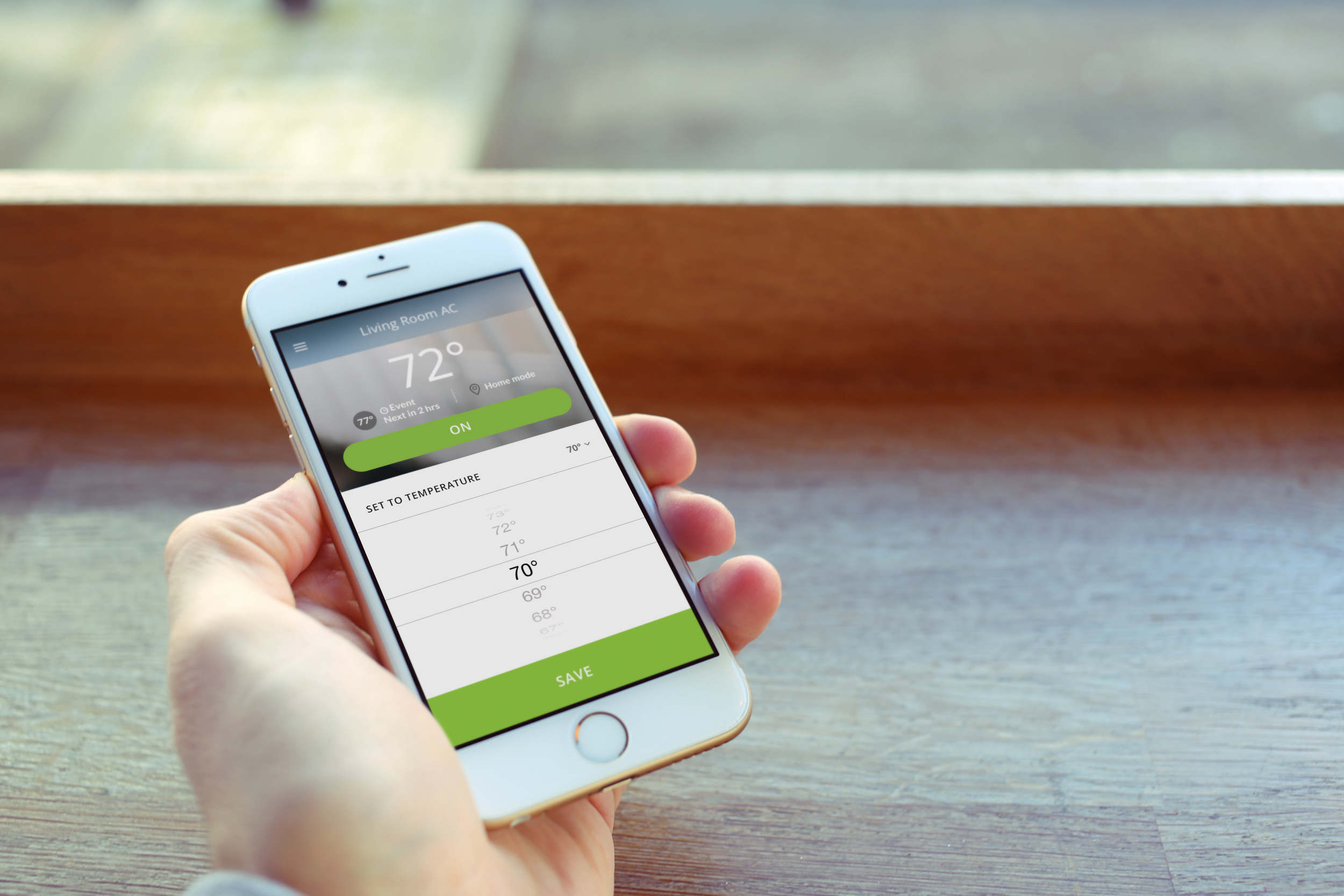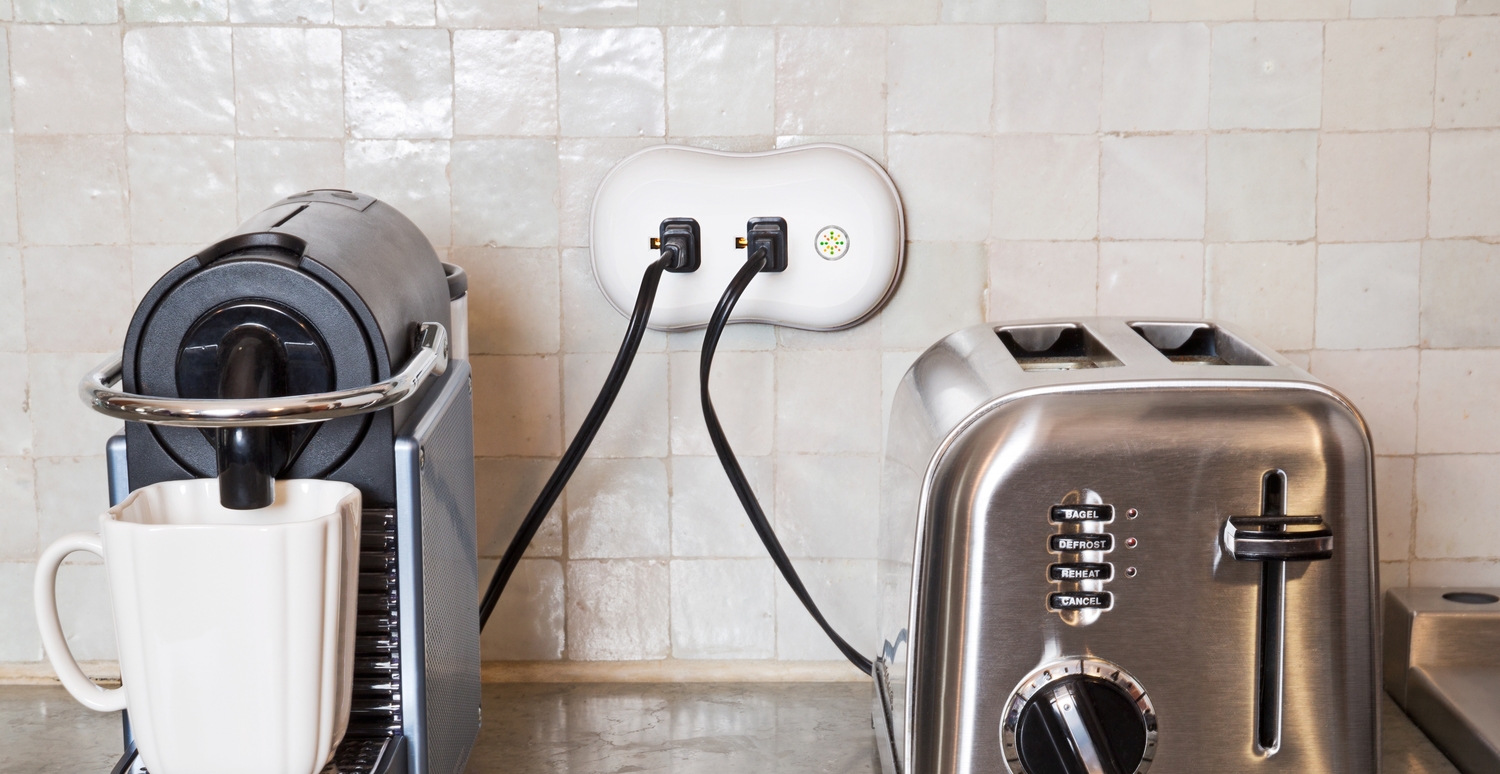Can ThinkEco Help Users Reduce their Electric Consumption?

ThinkEco is a New York City based company in the Internet-of-Things (IoT) and energy spaces. They’ve created a piece of hardware called the “Modlet” which connects to their website and mobile apps, allowing customers to monitor their home appliances remotely. The software allows the user to view their personal electricity consumption, be able to control it, and consequently save energy. More importantly for the fiscally-motivated, it helps significantly reduce the customer’s electricity bill.

ThinkEco is a New York City based company in the Internet-of-Things (IoT) and energy spaces. They’ve created a piece of hardware called the “Modlet” which connects to their website and mobile apps, allowing customers to monitor their home appliances remotely [1]. The software allows the user to view their personal electricity consumption, be able to control it, and consequently save energy. More importantly for the fiscally-motivated, it helps significantly reduce the customer’s electricity bill [2].

Following both the IoT technology trend and the shift towards eco-consciousness, ThinkEco is capitalizing on a growing market. With ThinkEco, you can control devices such as your air conditioner (the most common use), your TV (a high energy expender), or even your smaller appliances like a toaster [3]. Unbeknownst to many, these devices use electrical energy when they are plugged in even when they are turned off.

Users can also sign up for a program that helps combat high energy use days by decreasing energy consumption for short periods of time during these days. The company believes this helps prevent brown outs and black outs [4].
Consumer Products [3]



App for monitoring devices and energy use Extension cord Modlet Modlet plug
There are two main use cases for ThinkEco’s products:
- More moderate A/C temperatures — If you’re leaving work at the end of a hot summer day, instead of arriving home to a hot house and cranking the A/C to a very cold temperature (a common behavior), using ThinkEco’s app, you can turn you’re A/C on at a more reasonable temperature before you get home. While you will be consuming a few more minutes of air conditioning, setting your AC to a more temperate temperature will still very likely save energy since cold A/C temperatures consume so much energy [4].
- The demand response day program – These days pertain predominantly to A/C units as well. Three times per summer, your A/C (and/or other modlet-connected devices) will shut off for 5 minutes and turn back on 7 degrees warmer [3]. In general, that’s not enough for the average person to notice. Despite only affecting 15 minutes out of a user’s entire summer, they help users save on their electricity bill dramatically [2].
B2B
In addition to the direct-to-consumer products, ThinkEco works closely with energy companies such as ConEd [6], EnergyStar, and National Grid. You can learn about and obtain ThinkEco products through their respective sites. These companies support ThinkEco because:
- They get data about their users from the program.
- They get bad press about low income neighborhoods in particular being hit by brown outs and black outs.
What they’re doing right
ThinkEco is an innovative company that creates value for all involved parties.
- ThinkEco benefits from selling its hardware and software and helping the world save energy.
- The customer saves on their electric bill and helps the earth.
- Corporations get data on their users and appear socially responsible.
And lucky for ThinkEco, there aren’t very many players in the space currently aside from home security systems who have a different focus (safety and security) but allow you to control appliances remotely too.
It’s also important to note that ThinkEco’s product raises awareness of energy consumption by giving the user insight into their electrical use [5].
Threats
At present, the hardware and software do not perform consistently [4]. Pitfalls include:
- Hardware durability: Some of the pieces of hardware only work for about a month.
- Software: There have been sign up and login issues on the backend.
- Connectivity: It disconnects to the Wi-Fi and few will notice and/or go through the process of reconnecting the devices.
Opportunities
ThinkEco directly benefits from the extreme weather caused by global warming. While currently demand response days only occur about three times per summer, the gradual disappearance of Fall and Spring means that the amount of demand response days will increase, and these programs will be able to provide value for more months of the year.
Geographically, ThinkEco is in New York, Albany, Buffalo and Texas. I’d highly recommend that they expand to California where they are experiencing more extreme weather [7].
Additionally, while partnerships with energy companies can be difficult since they are usually statewide and not national companies, they should continue to build relationships amongst other states that experience or are likely to experience high amounts of extreme weather.
(Word count: 723)
Sources
[1] ThinkEco website, http://www.thinkecoinc.com/
[2] PR Newswire, “ThinkEco Introduces Modlet® for Home: An Intelligent Outlet That Cuts Electricity Bills”, http://www.prnewswire.com/news-releases/thinkeco-introduces-modlet-for-home-an-intelligent-outlet-that-cuts-electricity-bills-112799509.html
[3] ThinkEco website, http://www.thinkecoinc.com/products/
[4] Interview with B. Dell, ThinkEco employee, personal communication, November 1, 2016.
[5] Poughkeepsie Journal, “Green apps can raise environmental awareness,” http://www.poughkeepsiejournal.com/story/tech/science/environment/2015/10/17/environment-green-apps/73980938/
[6] New York 1, “Keep Your Apartment Cool On The Go with ConEd’s Smart AC Program,” http://www.ny1.com/nyc/all-boroughs/money-matters/2016/06/13/keep-your-apartment-cool-on-the-go-with-con-ed-s-smart-ac-program.html
[7] USGS CA Water Science Center, “California Drought,” http://ca.water.usgs.gov/data/drought/



Very cool concept and nicely written post! I wonder, do you think that the average consumer would be willing to incur the upfront costs of acquiring all the modlets while not realizing the financial benefits of those devices until several months (or years) down the road? Today, I imagine it might be expensive for the typical consumer to conform to the ThinkEco products, but as energy costs continue to increase due to climate change, I believe the value proposition becomes more pronounced. Coolio!
I think the product and application is a great idea. Personally, assuming the price of the hardware is reasonable, I would be excited to try a product that not only saves me money, but also helps to reduce energy usage in general. I do have a couple of concern with their product. The hardware, software, and connectivity issues seem to be a major issue. I can’t imagine many consumers being inclined to purchase the product if there’s a solid chance that it will stop working within a month. In that same line of thought, the connectivity issues are troubling. I doubt the average consumer would routinely check their devices and reconnect them, and without doing so the product would be ineffective at saving electricity and reducing costs. Overall I imagine this product could have great success, it sounds like they just need to work out some of the bugs first.
The rise of IoT has spurred conversation in the potential benefits which may bring to energy industry, both on the demand and on the supply sides. Thanks for sharing the ThinkEco case to us. ThinkEco is on the demand side energy management. I do see big potential in the B2B business, but still do not see justification on the B2C side yet. The main reason is that the electricity price is still cheap in the U.S. for residents. The fiscal incentive is not that strong, although the environmental consciousness might be the reason for people to adopt.
Interesting product here! The offer seems to target the consumers looking for the IoT interface mixed with demand response / energy efficiency aspect. Where I get concerned is the competitive landscape for both those two categories is fierce though. On the IoT aspect, you have WeMo, TP-Link, Siemens, GE, all making plugs attached to Apps, and on the DR/EE side, you have big commercial players such as C3 Energy, Pulse Energy, First Fuel, etc. that have extremely advanced analytics. It does seem like there is a bit of gap for residential players who also offer analytics, but I’d be curious like Pete mentioned, how the economics work out. I’d also wonder on whether this market is large enough that this joint offering is enough of a differentiation to compete with existing or deeper pocketed players.
If I were ThinkEco, I’d want to make some strategic partnerships right now, such as with Google Home (since WeMo and TP-Link seems to be partnered with Amazon Echo), or with any of the big utility/commercial players looking for a residential offering.
Great find with this product, and love the concise and clear post! Similar to @Petey, this got me thinking about the the drivers a customer’s purchase decision today vs. 10 years down the road as he/she begins to more strongly feel the effects of climate change, and how that might affect ThinkEco’s branding strategy. I think that the really compelling aspect of this product is that in both world’s, it’s more expensive for consumers to be environmentally un-friendly. I think that they should focus on communicating the financial reward of their product rather than the “Thinking Eco” impact. Saving $ is something that environmentalists and non-environmentalists can unite around!
Cool idea, but I wonder how they are approaching competition with companies like Nest. This technology seems to have more possibilities for expansion, but Nest has built out a pretty comprehensive system for managing the temperature within your home – no remote control necessary.
Great piece. However, I do tend to agree with you, and many of the above comments, about the pitfalls of the product to date. It strikes me as another gadget in the “quantified self’ space that displays data that, while interesting, often leads to quickly diminishing changes in behavior (e.g., fitbit). It is also a bit surprising to me that a “hardware” startup launched with such barriers to adoption given the capital intensity involved. Overall, I’m encouraged by the innovation in this space and think that even if ThinkEco doesn’t become the breakthrough product, an inspired follower may be.
Very interesting post Laura, thanks for sharing. Great piece of innovation with the products. The industry, as you know, is growing significantly and becoming more competitive. Amazon’s Alexa is another example of a similar product. I believe consumer purchase is mainly driven by desire to save on electricity and get ‘an assistant’ rather than desire to be ‘green’. Have you given any thought as to whether this will change going forward as the impact of climate change becomes more severe?
Excellent post, Laura! I think individuals can take steps to curb climate change, by taking actions that are more energy efficient. Thinkeco is a company that help individuals monitor electricity use in their home. Awareness is a great first step in reducing usage. Hopefully Thinkeco can work on the hardware and software issues so that they can scale their product across the US. Implementing a similar technology in cars to track CO2 emissions could be another way to limit unnecessary use of cars.
Great post, Laura. This article reminds me of a conversation that I had with my mentor regarding the IoT – specially personal home connections. One issue that he continued to bring up, and one that I think should be explored in more detail, is with cybersecurity. He mentioned that we have to begin thinking what happens if “bad” people were to take advantage of this technology. For example, would we be able to control a hacker who intercepts the system and causes a fire in someone’s home by engaging with the toaster or stove? There are major questions about safety and security that we have to address.